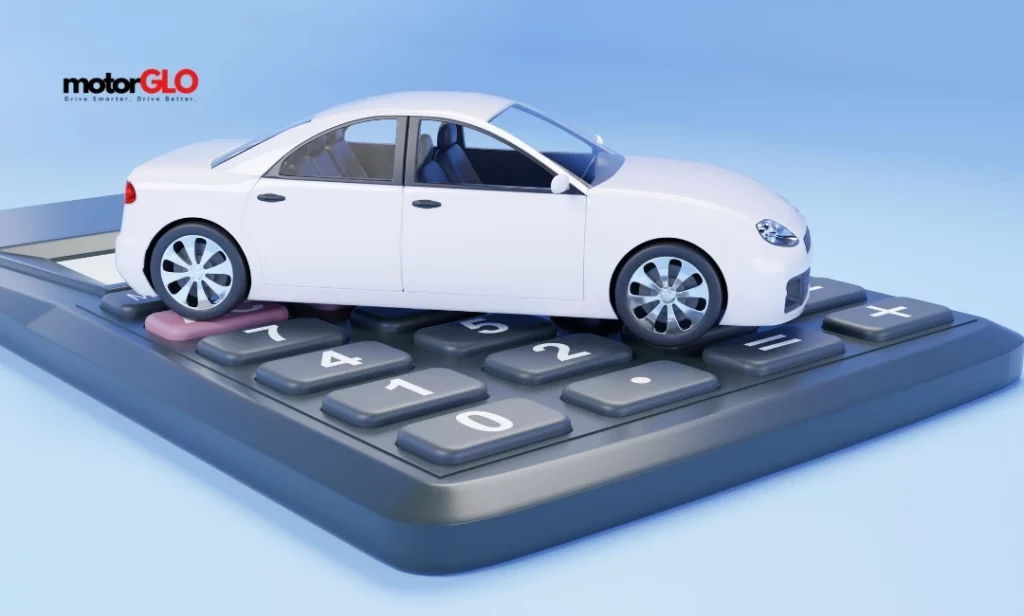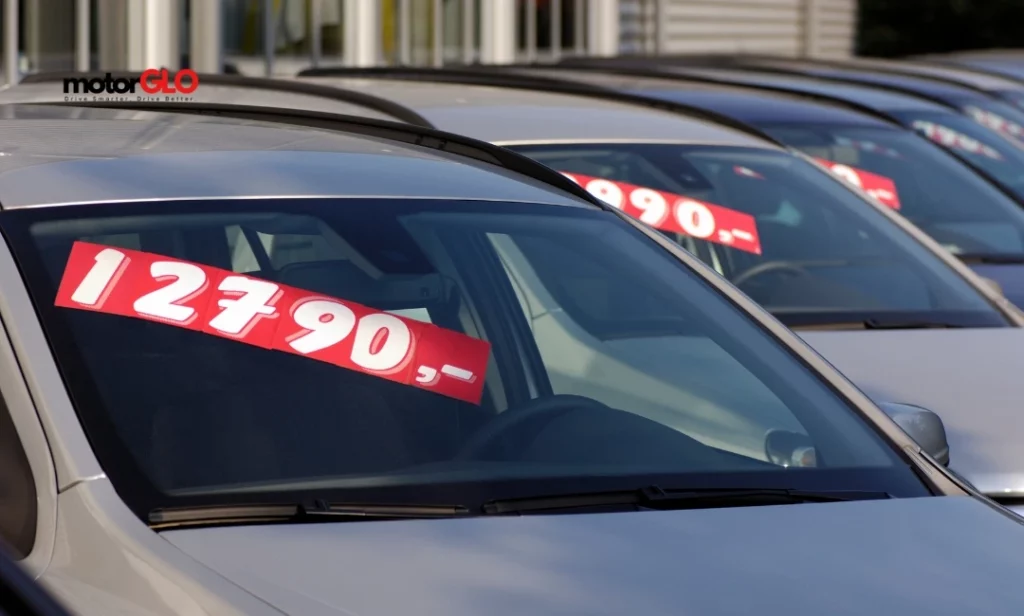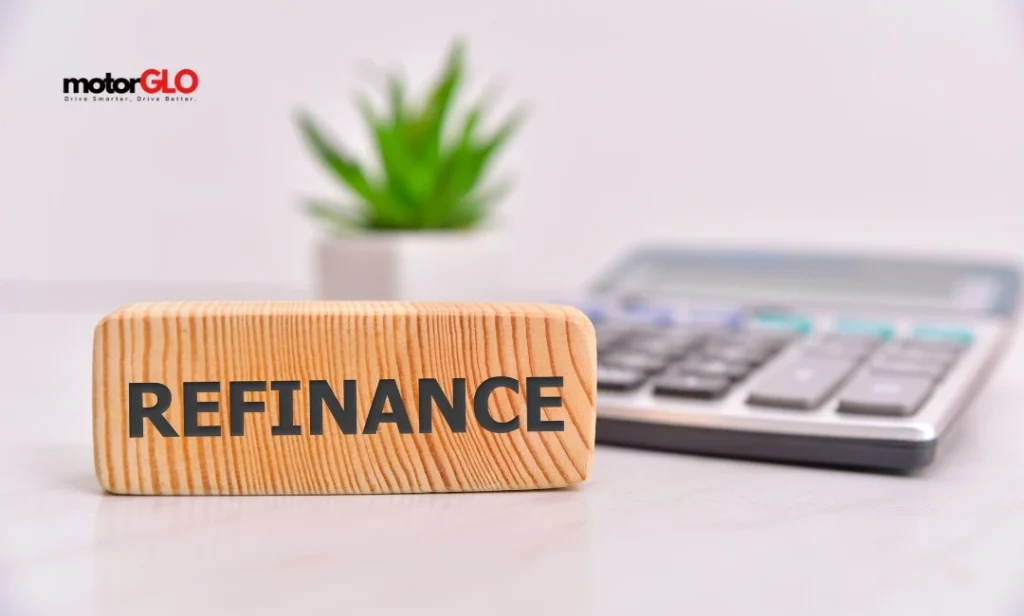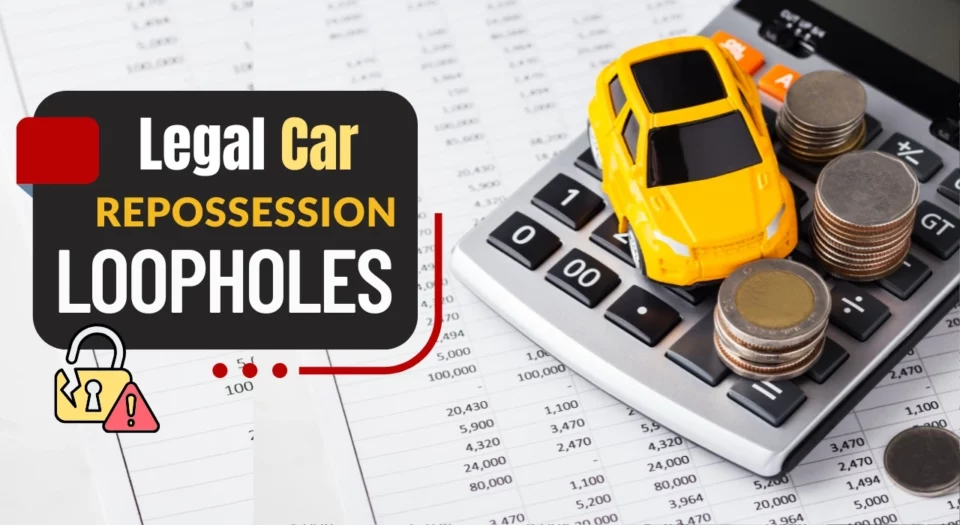Are you worried about your car being repossessed? You are not alone. In 2023 alone, over 1.5 million vehicles were repossessed across the US, and the numbers for 2024 are even higher. Financing is one of the easiest ways to own a used or new vehicle. But you miss a few payments, and this convenience can turn into a nightmare and get your car repossessed. Repossession is a fast, ruthless, and emotionally exhausting process.
The good news is that there are legal repossession loopholes that lenders don’t want you to know about. These are the ones that can delay, challenge, or even stop the repossession altogether.
In this blog, we will discuss smart legal strategies that can help you avoid vehicle repossession or at least delay it, giving you time to resolve the issue. You are not powerless, and this blog will show you how.
What Is Car Repossession?
If you purchase a vehicle through financing but are unable to make the required loan payments, the lender can take ownership of the vehicle, generally referred to as car repossession or car impoundment.
What Is Meant By Car Repossession Loopholes?
Car repossession loopholes are a common term used to describe the legal strategies that borrowers or car buyers can opt for in order to delay, avoid, or challenge repossession. These repossession loopholes help you navigate the extremities of the situation, look for alternative arrangements, handle your mistakes, and even retrieve your vehicle in legal ways.

List of 21 Legal Car Repossession Loopholes Lenders Won’t Tell You
Most car loan takers are unaware of their legal rights and thus are exploited by their creditors, getting their vehicles repossessed, some legally while others illegally. To ensure no such thing happens to you, below we have the best legal loopholes related to car repossession that can ensure your safety without breaking any law.
Each method is unique and can help you approach a lender strategically. However, MotorGlo does recommend you always consult a legal expert to get more knowledge and the best advice based on your scenario.
1. Demand a Breach of Peace Review
If the repossession agent, commonly addressed as a repo agent, forced entry into your property, made threats, or took your car from a locked garage, it is called a breach of peace. As per the Uniform Commercial Code (UCC §9-609), it is illegal in every US state. You can potentially and legally sue the agent or even get the repo reversed.
2. Use Your Right to Reinstate the Loan
In several US states like New York, Florida, Illinois, Texas, Ohio, and California, you have the legal right to reinstate your loan. It means you can catch up on your missed loan payments and fees to show your sincerity. Clearing all your pending dues may provide you with a grace period and get your car back without paying off the full loan.
To avoid the situation of repossession, we recommend you call your lender immediately after a default and ask for reinstatement. You can practice it even if your statement doesn’t mandate it. As soon as you, the borrower and the lender have an understanding, the repossession of your vehicle can be avoided.

3. Spot Errors in the Loan Agreement
Review your loan agreement and the reclaim notice. It is another brilliant loophole that can stop repossession. Look for any improper clauses, forgotten key disclosures, missing notices, wrong payment calculations, and implication of wrong fees. Finding any mistake in the agreement may make the repossession legally questionable. You can negotiate with the lender regarding the mistakes and stop the process. However, if it doesn’t work, go for professional assistance.
4. Check for Missing or Late Repo Notices
Most states require the lender to provide a Notice of Default and Notice of Sale to the borrower before or after the repo is done. So, if you didn’t get them or they were late, you may have the chance to stall the sale or negotiate the terms to get your ride back.
5. Redeem the Vehicle Before It’s Sold
Even if your car is already repossessed, the situation is not entirely lost. You may have a redemption right. This is a legal window (usually 10 to 15 days) that gives you a chance to reclaim your vehicle by paying off your entire loan. The clock starts after you receive your Notice of Sale. Thus it is wise to act immediately and even consult an attorney.
Some American states allow redeeming even after your car has been sold based on legal procedures. Although expensive, this redemption option can ensure you do not lose your mode of transportation. Thus, do not back down before you even give this loophole a try.

6. Challenge The Low Reclaim Sale Price
As per the law, lenders are allowed to sell repossessed vehicles in order to cover their losses. However, they can only sell a ride in a commercially reasonable way. So, if your lender sells your reclaimed car at a suspiciously low price and comes after you for the remaining balance, you can fight back.
If you can successfully prove the fraud of lender regarding the repossession sale price, you can reduce your remaining balance. In some cases, you can even reclaim your ride.
7. Strategically File for Bankruptcy
Filing for bankruptcy (but only in a strategic manner) can help you stop the repossession of your car for the time being. If you file under Chapter 7 or Chapter 13 bankruptcy, you can easily put an automatic and legal stay on all kinds of collections, including repossession.
This one is a great loophole, but you will need a lawyer to navigate the complexities. But the good thing is that you can finally start getting your finances in order and stop the lender and repo in its tracks. Experts like Nolo cite bankruptcy as a legal pause on repossession, helping more than 20-30% of Americans from quick reclaims.
8. Negotiate a Forbearance Agreement
Another lifesaver loophole is negotiating a forbearance agreement of the payment deferral. You can legally request for a temporary suspension of payments or new terms. If the lender agrees, you will get additional time to pay off your remaining loan. The repo process is just as a headache to the lender as it is to you. Thus, most of them prefer deferring or restructuring the loan. We recommend proper documentation of every process to avoid conflicts later on.
9. Request a Voluntary Surrender
While not technically a loophole, requesting a voluntary surrender or repossession is often a smart damage control move. Via this move, you can negotiate better loan terms, lower late fees or interest, and even reduce the negative impact on your credit score. Most legal advisors support this strategy as you avoid repo fees and towing costs and sometimes get better settlement options if you give the car up willingly.
10. Challenge the Deficiency Balance
After your car is sold by the lender, if the owed amount is not recovered, the lender will come after you to collect it. It is legal on their part. However, you can dispute the deficiency, especially if:
- The car was undervalued
- Repo costs were inflated
- The sale wasn’t well-advertised
If you can prove your reason, the cruelty by lender can be clearly seen, leading to you being free of the loan obligation (in some cases).

11. Refinance the Loan Before Default
Refinancing your car loan is another repossession escape clause you can practice. If you are just starting to fall behind your payments, refinancing through a credit union or an online lender is totally legal. It will provide you with lower monthly payments and more time to repay the loan. Your financial pressure decreases to a great extent, and you still keep your ride.
12. Invoke Chapter 7 Bankruptcy
With this let-out clause, you can get a temporary stay on your vehicle repossession. You will not get your ride back, but you will be given enough time to find alternative solutions. If your solution is working, you can get your ride back. You may find that after the Chapter 7 Bankruptcy, your ride is never repossessed. It is mainly because either your ride was not worth it or you are diligently making the payments.
13. Use State Consumer Protection Laws
The laws for repossession and consumer protection vary from state to state. Thus, you need to learn about them and their practice if you want to take advantage of them. Some states, like Massachusetts and Texas, have stronger consumer protections than others. These may give you extra notice, cooling-off periods, or protection against certain repo methods. Thus, learning the laws helps in finding the loopholes that you can use to protect yourself from your lender.
14. Review the Title and Lienholder Record
To have a legal claim or right over your car, your financer or creditor needs to file for a lien. However, if they never filed the lien properly with your state DMV, your car may not be legally eligible for the repo. This is surely a rare occurrence, but real. This little trick can help you from getting your ride seized.
15. Dispute the Loan Itself
This repossession loophole is tricky but effective. If the car was sold to you under false pretenses or there was predatory lending or fraud, you can challenge the loan origin itself in court. But make sure you have proof because, without them, you may not even make up for a case.
16. Use a Credit Counseling Agency
If you find the entire incident overwhelming, you can take the help of Nonprofit credit counselors like National Foundation for Credit Counseling (NFCC). They can sometimes negotiate directly with lenders on your behalf. This loophole is a strategic move as many lenders across the US prefer working with such law abiding organizations rather than aggressive collection paths.
17. Keep Proof of All Communications
Lenders violating their rights is nothing new. Thus, you need to ensure your safety. Always communicate with your creditor in writing when possible. In worse times, emails, texts, and call logs can help your case and get your repossessed car back.
18. Stop Repo With Chapter 13 Bankruptcy
As per Chapter 13 of bankruptcy, you have a window of repaying your debts over a 3 to 5 years period by reorganizing your finances.. So, if your vehicle is reclaimed, you can use this vehicle repossession loophole to request for a new payment plan which will include all of your missed payments. Once you have used this right of yours, the lender is legally obligated to stop the retrieval process.
19. Sell or Trade Your Vehicle

One of the best vehicle repossession loopholes that literally any car owner, from a young adult to an elderly, can follow is selling or trading your ride. However, make sure your ride is not heavily damaged or totaled. Trust me, a busted ride will do you more harm than good. Your lender may nod to this idea as long as your vehicle’s market value is more than the remaining loan amount.
20. Use Your Insurance
A handful of reputable car insurance companies may help you if your car is repossessed by your financier. If you have gap insurance coverage, the company pays the difference between what you owe on your car lease deals or loan and the car’s actual cash value. Thus, helping you in your time of need.
21. Hire a Consumer Rights Attorney
Although not exactly a loophole, but a serious piece of advice. If things get serious with your lender, it is wise to hire a consumer attorney. They can challenge the repo, file a Fair Debt Collection Practices Act (FDCPA) claim, or negotiate a better settlement. To find a trustworthy legal, check your local bar association or visit the National Association of Consumer Advocates website.
FAQs
What happens to the debt when a car is repossessed?
Your debt does not disappear after the repossession. You still owe the remaining loan amount. After the lender sells your car and the sale does not cover your entire loan, you will be legally responsible for paying the difference, including repo fees and legal costs.
How to recover a repossessed car?
To recover your repossessed car, reach out to your lender to pay the remaining loan amount. Some states even allow reinstatement by making the person pay only the missed payments. However, you need to act fast. Also, if your lender sells the car and recovers his money, he is required to give you back the remaining. But if the repossession is forced, you can take the help of a legal expert.
What are the benefits of voluntary surrender vs forced repossession?
Voluntary surrenders allow you to return your car on your terms, reducing your fees, less damage to your credit, and more flexible negotiations. You even avoid repossession costs like towing and storage. In these situations, lenders are also more open to either settling the remaining balance or adjusting your loan term. Whereas involuntarily, you end up losing all these perks.
Is it a defense to hide my car from repo agents?
No, hiding your car from repo agents may delay the process but it is not a legal defense. You may be accused of wrongful interference and even face additional legal consequences or fines.
What constitutes wrongful repossession?
Wrongful repossession happens when a lender or a repo agent violates your legal rights during the process. This includes breaching the peace, failing to provide you proper notice, repossessing after you have filed for bankruptcy protection, or seizing your ride without a valid default done by you. If any of these situations occur, you can legally reverse the repo or get paid for the damages.
Which states require notice before repossessing a vehicle?
States like Wisconsin, Massachusetts, and California require proper notice before or after an automobile is repossessed. These notices comprise a default warning and a right to fix the missed payment. If you live in these states and do not get any notice, you can take legal action against the lender and repo agent.
What is the difference between reinstating and redeeming a car loan?
Reinstating a loan means you are catching up on missed payments and fees to restore your original loan terms. Whereas redeeming a loan means paying off the entire (remaining) balance and fees to regain the full ownership of the vehicle. Reinstatement is cheaper and keeps your loan active, while redemption ends it.
How to evade car repossession?
The best way to avoid repossession is to communicate with your lender, catch up with your pending or missing payments, or negotiate a revised payment plan. Hiding your car or refusing to cooperate will only lead to legal troubles for you.
Final Thoughts
Your vehicle getting repossessed is not the end. It is the system doing its job. The good thing is that the system can be navigated, challenged, and sometimes even outsmarted in legal ways.
Through the most suitable car repossession loopholes, you can legally protect your ride and even get it back if already taken away. However, it is always wise to have professional assistance to help you navigate your strategies based on your state laws and financial situation.

